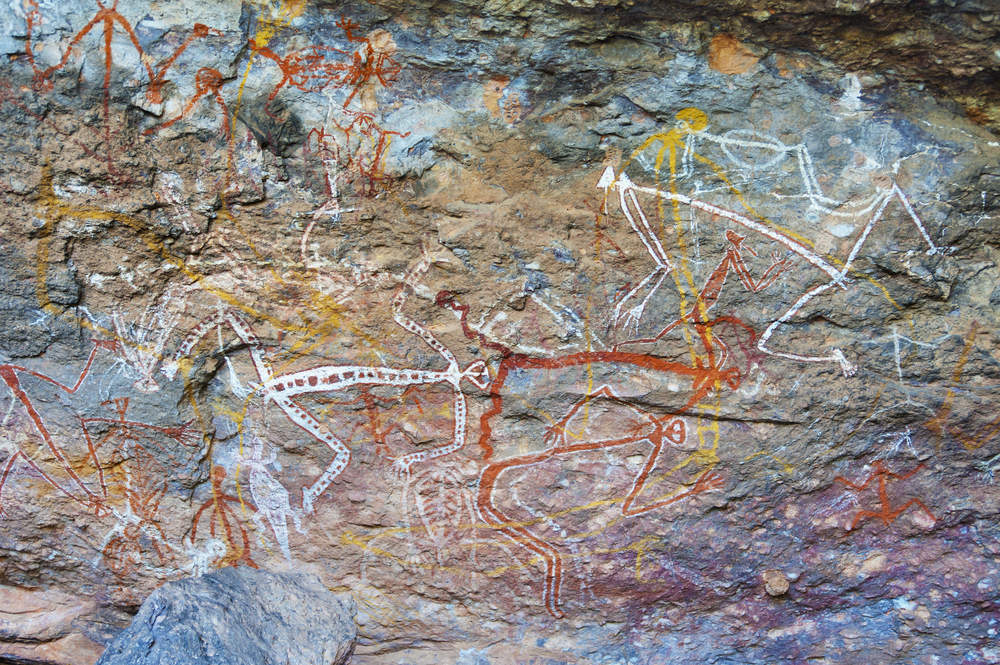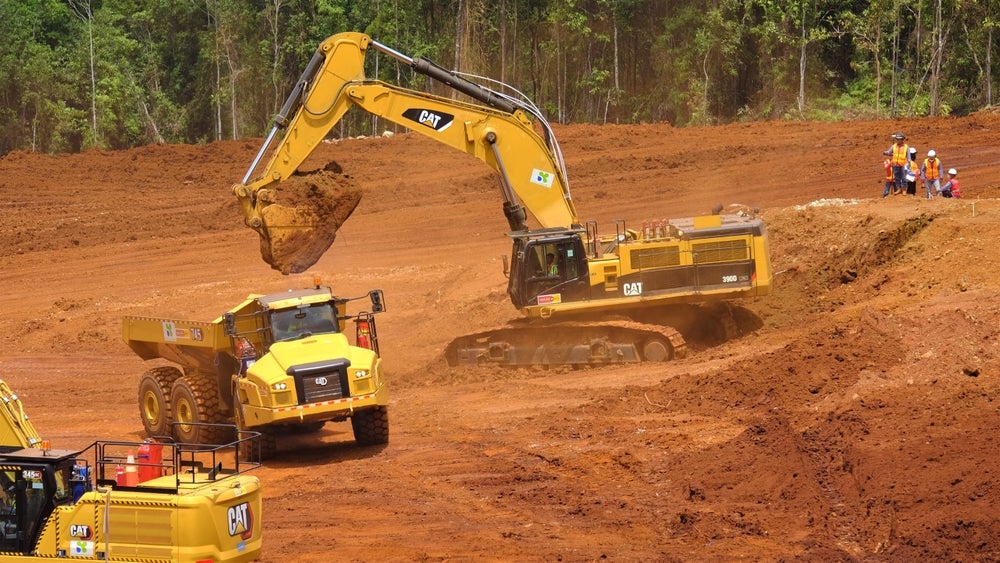
A 42,000-year-old skeleton has been returned to its ancestral home in Australia this week, along with 104 other remains.
The remains spent four decades at the Australian National University in Canberra and helped to prove the Aboriginal civilisation as the world’s oldest continuing culture, dating back to the time Neanderthals were alive in Europe.
The skeleton was returned in a black hearse, and was welcomed by hundreds in a celebration that included a traditional smoking ceremony where green gum-leaves were burned over a small fire and all those gathered were invited to take part in a traditional dance.
Though the bones were officially returned to three Indigenous tribal groups in 2015, it was only this week that they were repatriated and laid to rest.
Discovered by geologist Jim Bowler in 1974 in Mungo National Park in south-west New South Wales, the skeleton was dubbed Mungo Man.
How well do you really know your competitors?
Access the most comprehensive Company Profiles on the market, powered by GlobalData. Save hours of research. Gain competitive edge.

Thank you!
Your download email will arrive shortly
Not ready to buy yet? Download a free sample
We are confident about the unique quality of our Company Profiles. However, we want you to make the most beneficial decision for your business, so we offer a free sample that you can download by submitting the below form
By GlobalDataExamination of the remains marked a groundbreaking discovery as they doubled the known length of humans’ presence on the continent from 20,000 to 40,000 years.
The bones also provided evidence of some the earliest ritualistic burials in the world, as the body was laid out in a way that implied he was a figure of respect in his community.
His limbs were stretched out, hands crossed over his groin and his body covered in ochre that had been brought from over 200 kilometres away.
Today three different Aboriginal groups have connections to country around Lake Mungo — the Muthi Muthi, Nygiampa and Paakantji people. The loss of the remains has been a source of great pain for them and other groups.
Bowler however, said that taking the remains was necessary for the progression of scientific discovery.
He told Australian news channel ABC:
Our removal of the remains and taking them to the university was seen by Aboriginal people as totally unjustifiable. But the story of people… the human components, needed to be recorded, and if that meant brushing away some of the sand and removing the bones, I think that was an essential component of the land we live in.
Michael Young, a Paakantyi man and member of the advisory group for Mungo Man’s return, said:
Today is one of those catalytic moments. we need to enhance Australian society and bring empathy into understanding the Aboriginal culture. The delays and everything are now forgotten. Today is the time to move on. I thank everybody who was involved in this momentous occasion.
Knitting Aboriginal traditions into modern Australian society remain a divisive issue.
A summit was held at the beginning of this year considering how to best recognise the Aboriginal people, and the government said it is working on developing a constitutional amendment to “unite our nation”.
In 1995 the infamous Ayers Rock was relabelled with its original name Uluru, acting to reclaim the land sacred to the Pitjantjatjara and Yankunytjatjara people.
Climbing the site is also set to be made illegal by 2019.
The Northern Territory said in August that it too will rename a number of landmarks whose names have been deemed racial insensitive.







